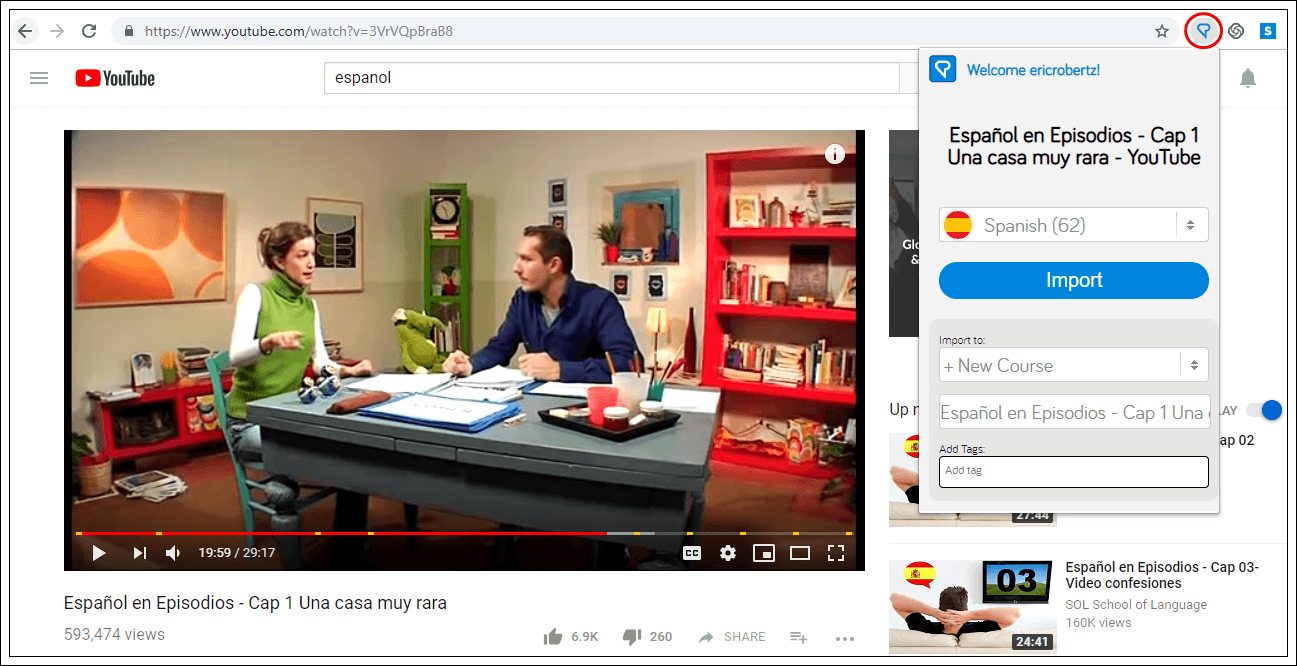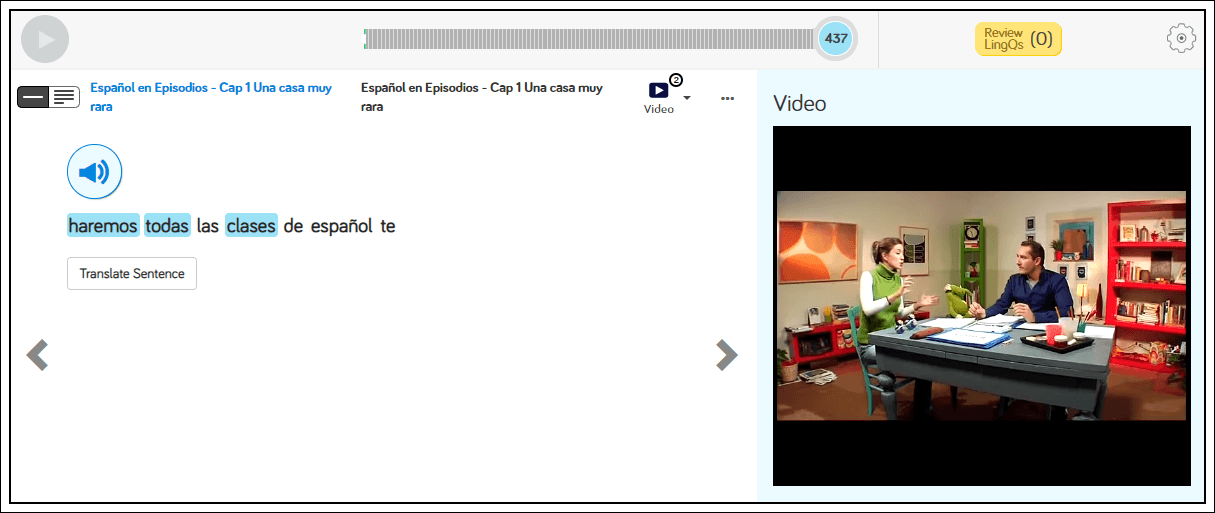12 Spanish Slang Expressions from Different Countries
In Spanish we can find different slang vocabulary which are fun to learn and in some ways can make your language ability sound more natural to the native listener. In today’s post, I’ll go over some of the common Spanish slang vocabulary you’re likely to come across if you ever decide to visit some of the South American Spanish-speaking countries.

Spanish Slang Vocabulary in Chile
Bakán – Epic
Iremos a la playa la próxima semana, será bakán.
We’re going to the beach next week, it’s going to be epic.
Caleta – A Ton
Hay caleta de gente en el supermercado.
There’s a ton of people at the supermarket.
Piola – Keep it Low-Key
Me gusta la Carla, pero quédate piola.
I like Carla, but keep it Low-key.
Mino – Hot or Sexy
Just before I give you an example, bear in mind that Mino can refer to either a man or a woman. Also, depending on the context can also refer to a young woman or young man.
El Pedro es super mino.
Pedro is super hot.

Spanish Slang Vocabulary in Colombia
Vaina – Thing or Problem
Esa vaina es muy cara.
That thing is too expensive.
Que vaina, no alcanzas a llegar.
What’s your problem, you can’t arrive on time?
Boleta – Embarrasing or Sad
The official definition for boleta in the dictionary is ticket. However, in Colombia it can mean “an embarrassing situation” (or a sad situation).
Ese baile que presentaste fue super boleta.
That dancing performance that you did was sad.

Spanish Slang Vocabulary in Argentina
Pibe – Boy
Vení a comer pibe.
Come here and eat, boy.
Copado – Excellent or Dope
Esta canción esta copada
This song is dope.
Cheto – High-Class
Ese traje está re cheto
That suit is high-class.
Finding Content Containing Spanish Slang Vocabulary
I recommend TV shows in Spanish if you want to get to hear more Spanish slang vocabulary and how they’re used in context. Here are a few recommendations:
Teresa
Pasión de Gavilanes
Rubí
Also, you can learn Spanish slang vocabulary from watching Spanish-speaking YouTubers. Here are some of my recommendations:
Importing Spanish Content into LingQ
Did you know you can import any content you find online into LingQ (as long as you have the transcript)? What’s great about this is you can easily read, listen (if you have the audio), and save new vocabulary you come across all in one easy-to-use platform. Let me show you how using LingQ’s YouTube import feature:
- Grab the LingQ import extension for your browser: Chrome, Safari or Firefox
- Open Your Favorite YouTube Video
- Click the LingQ Extension and hit import

- Done! Open LingQ and you now have the video, a clear and easy-to-read transcript, as well as the ability to look-up and save new vocabulary. All of this in one place so you don’t get distracted. Please note, the video’s audio won’t import right away as there is a little delay.


Once you’ve imported some videos, you can even study them on the go using LingQ’s mobile app (available on both Android and iOS).

After you open your lesson, you’re good to go. Don’t forget to highlight new words you come across (in blue) so you can review them in LingQ at a later date.
You can do this with any YouTube video as long as their are captions 🙂
LingQ is the best way of learning Spanish online because it lets you learn from content you enjoy! If you are looking for a better way to study, check out LingQ today!
Claudia Ramos is a Chilean Teacher of English who dedicates herself to study different languages. She can speak Spanish, Portuguese and Mandarin Chinese. All of them in different levels. Also, Claudia teaches Spanish to people from different parts of the world via Skype.

